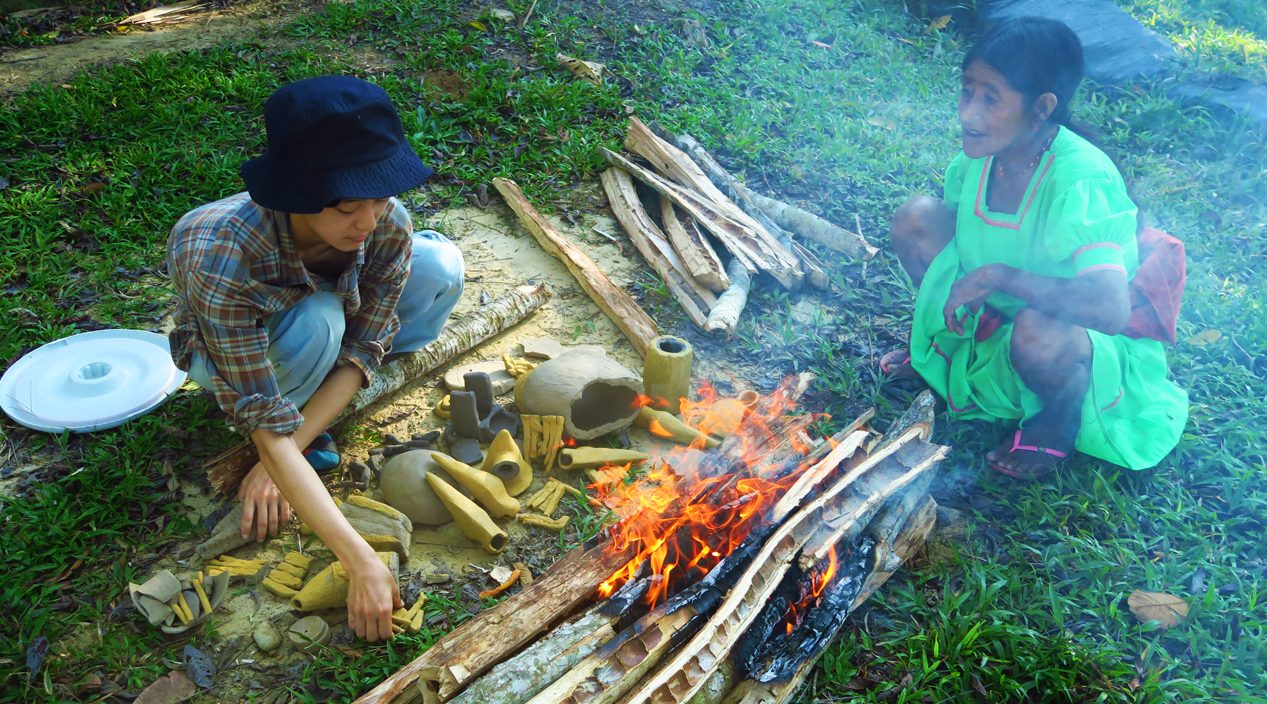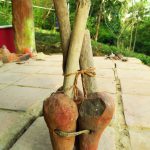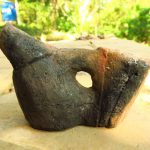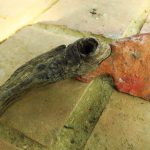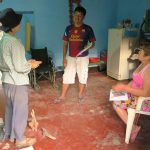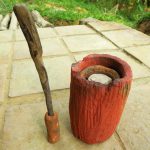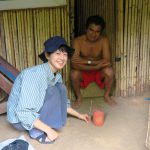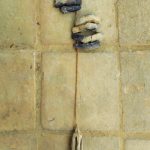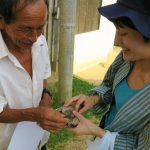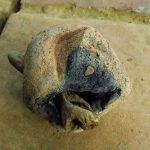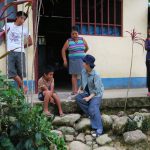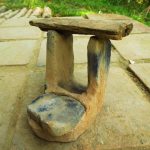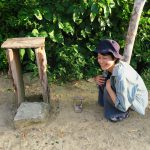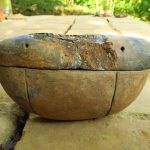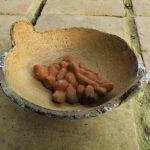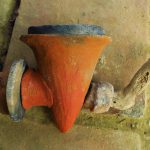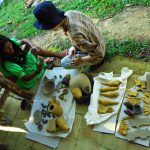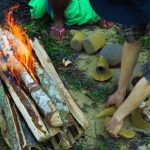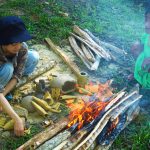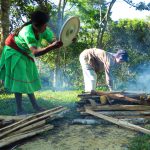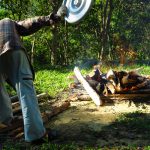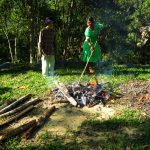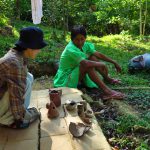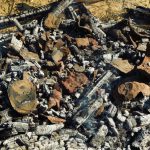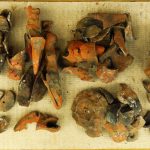Artist-in-Residence, Sachaqa Centro De Arte
| San Roque de Cumbaza is a village located in the mountains in the Selva (Jungle) area of North Peru. People are often doing agriculture in the jungle or doing the hired lavor outside the village. Some people are almost supplying their needs by themselves, and others are mostly in the money economy.First I learned the traditional Quechua style pottery from the potter of the area. She taught me how to prepare the clay, how to form the traditional shape, and how to do the traditional “shunto” firing. I used those clay and made ceramics and combined them with the materials I got from the nature.I walked around the village everyday to see and talk with people, and researched about their everyday livings including works, housings and farming equipment. I was mainly interested in the tools that they use for their lives, and also how people move their hands for using those tools – the hand of spinning cotton yarns, the way they plant the yam potatoes, aged metal hoes with replaced wooden parts, a mill for grinding the cacao beans, wild chickens running around the village, boy’s hands catching cicadas for cats dinner, a mortar and a pestle to make the poison to catch fishes. All the tools there were full of energy from their hands.I asked the adults there, “What are your most important ‘things’ ?” They often answered, “My family”, “The farm that feed my family” or “The house”. And next to them, I could also see their children or younger members of the families touching smartphones with their hands. San Roque de Cumbazaは、ペルー北部中央のセルバ(ジャングル)の山間にある小さな町である。住民は主にセルバの気候での農業を行いながらも近隣に働きに出たりと、自給自足に近いかたちでの農業と貨幣経済との両方出の生活が営まれている。制作にあたり、まずこの地域で伝統的に日常の器を作るための土器の制作を、今もなお家業として続けておられる方から教えて頂いた。その方にこの土地の粘土を分けて頂き、また伝統的に行われているshuntoと呼ばれる焼成方法を現地の方に手伝っていただきながら焼き物を制作し、自然の中で得た素材と組み合わせながら作品制作を行った。 |
Shunto Firing
| The big element that made my works here very special was not only the people, but also the ceramic environments, such as the clay material and the firing in the jungle.As an attempt, I used some clay from a different place a little far from the village. But most of the work made by those clay were broken before firing, because of the difficulty of the drying process. In the jungle, the climate was different from the place where I got that clay, and it was much more humid but with strong sunshine. So it was not able to dry the clay slowly and most of them had cracked. In addition, the firing had to be very quick, because of the uncertain jungle weather and also because of the firewood that was appropriate only for brief firing. And that rapid increase in heat made my works almost completely exploded. As a result, this experience made me understand how it was important to respect the traditional materials and techniques that had remained there for a long time. And I also strongly realized that the clay material had been developed with the rules of all natural environment surrounding people’s livings.
この場所での制作を一番特徴づけたのは、このジャングルの気候ならではの粘土の種類と焼成方法である。試みとして、この場所から少し離れたもう少し高度の低い乾いた地域から手に入れた粘土での制作も行ったが、乾燥の段階で、湿度の高さによりまったく乾燥しないか、強い日差しで急激に乾燥するかの、極端な乾燥方法しか行えず、焼成前から大半が割れてしまった。また、急にスコールの降る不安定な天候の元、短時間で燃え尽きる軽い薪を用いて15分ほどで焼成を終えるため、その急な温度上昇に耐えられずに次々と作品が爆発した。結論として、この土地で伝統的に使われている粘土の調合でなければ、まったく制作にならないということがわかり、あらためて粘土という素材が、その周辺の環境全体に合わせて発展してきたことを肌で感じた。 |
